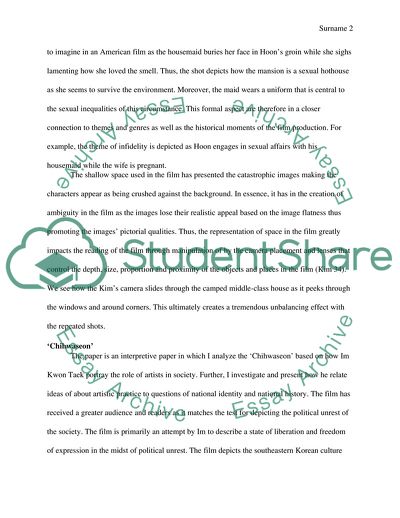Cite this document
(Korean Films: Chihwaseon, The Host, and Lee Chang-dongs Secret Movie Review, n.d.)
Korean Films: Chihwaseon, The Host, and Lee Chang-dongs Secret Movie Review. https://studentshare.org/visual-arts-film-studies/1876477-korean-films-4-short-essays
Korean Films: Chihwaseon, The Host, and Lee Chang-dongs Secret Movie Review. https://studentshare.org/visual-arts-film-studies/1876477-korean-films-4-short-essays
(Korean Films: Chihwaseon, The Host, and Lee Chang-Dongs Secret Movie Review)
Korean Films: Chihwaseon, The Host, and Lee Chang-Dongs Secret Movie Review. https://studentshare.org/visual-arts-film-studies/1876477-korean-films-4-short-essays.
Korean Films: Chihwaseon, The Host, and Lee Chang-Dongs Secret Movie Review. https://studentshare.org/visual-arts-film-studies/1876477-korean-films-4-short-essays.
“Korean Films: Chihwaseon, The Host, and Lee Chang-Dongs Secret Movie Review”. https://studentshare.org/visual-arts-film-studies/1876477-korean-films-4-short-essays.


